|
|
As the world’s population grows, we cannot underestimate the importance of family planning.
The exponential spike in the number of people worldwide is a pressing issue, with its impacts reverberating through various facets of society and the environment. That’s why this article explores the relationship between family planning and overpopulation, shedding light on how strategic birth control can serve as a potent weapon in the battle against overpopulation.
Below, we delve deeper into the role of family planning in addressing overpopulation. We discuss its implications on public health, social equity, and environmental sustainability. Moreover, we also touch upon the challenges involved in implementing effective family planning programs worldwide. Read on for more details.
Key Takeaways
- Through strategic birth control, family planning can significantly reduce overpopulation, promoting healthier families and sustainable societies.
- Access to diverse contraceptive methods is a cornerstone of effective family planning, fostering reproductive autonomy.
- Family planning policies differ globally, reflecting cultural norms, social values, and economic conditions, impacting fertility rates.
- Overcoming cultural barriers and debunking myths about contraception are vital for the successful implementation of family planning initiatives.
- Despite its potential benefits, family planning needs to be part of a comprehensive approach to fully address overpopulation.
Understanding Overpopulation: A Global Perspective
The term overpopulation refers to a situation where the number of people surpasses the carrying capacity of a particular region, leading to the depletion of resources.
This phenomenon is not restricted to developing countries; it is a global issue that requires immediate attention. From strained healthcare systems and inadequate food supply to environmental degradation and social inequality, the consequences of overpopulation are far-reaching and multifaceted.
It’s no secret that the Earth’s population has been growing at an unprecedented rate. In 1800, there were only a billion people on the planet. Today, that figure stands at over eight billion and is expected to reach almost ten billion by 2050.
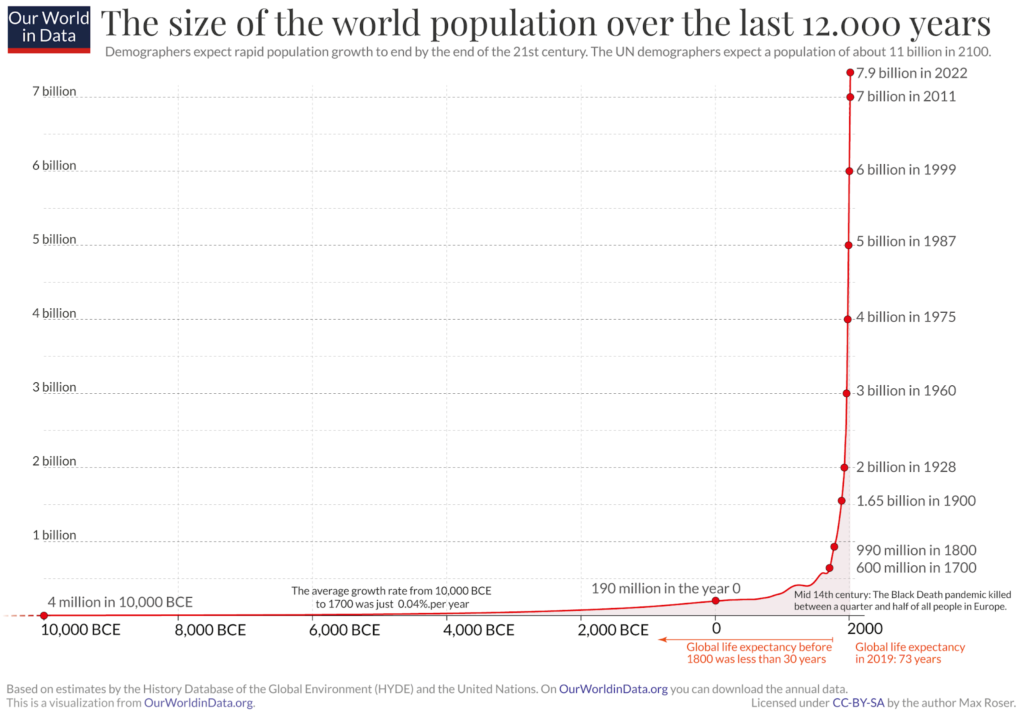
This explosive growth is causing significant strain on our planet’s finite resources, exacerbating socio-economic disparities and accelerating environmental decline.
Understanding overpopulation requires us to consider both its causes and consequences. Factors contributing to overpopulation include medical advancements leading to lower mortality rates, lack of family planning initiatives, and cultural norms favoring larger families.
Consequences range from environmental degradation due to increased pollution and deforestation to socioeconomic issues like poverty, inequality, and unrest.
As we delve into this global perspective on overpopulation, it becomes evident that addressing this issue is essential for sustainable development, and it allows us to ensure equitable access to resources for generations to come.
The Fundamentals of Family Planning
Family planning is a key element in managing population growth and promoting health and well-being among families. At its core, it involves making informed decisions about when to have children, how many children to have, and the use of contraception to prevent unwanted pregnancies.
The cornerstone of family planning is access to a range of contraceptive methods. These include barrier methods like condoms and diaphragms, hormonal contraceptives such as birth control pills and patches, intrauterine devices (IUDs), and permanent methods like sterilization.
Each method has its benefits and drawbacks, and the choice largely depends on individual health, lifestyle factors, and future plans.
However, family planning extends beyond contraception. It also encompasses fertility treatments for those struggling to conceive, reproductive health screenings to detect potential issues early, sexual education to promote safe behaviors, and post-natal care to ensure the health of both mother and child after birth.
The ability to plan your own family represents more than just population control; it is an integral component of comprehensive healthcare that can elevate living standards and foster social progress. Emphasizing its importance is crucial in the face of challenges like overpopulation that threaten sustainable development on a global scale.
A Potential Solution to Overpopulation?
By giving individuals and couples, especially those living in developing countries, the ability to control their fertility, family planning can significantly reduce birth rates and consequently slow population growth.
Let’s look at some numbers. There are 152 developing countries with a current population of around 6.9 billion. At more than 85%, this is a considerable chunk of the entire world’s population. This percentage consists mainly of countries located in Asia, the entire continent of Africa, and the whole of Central and South America.
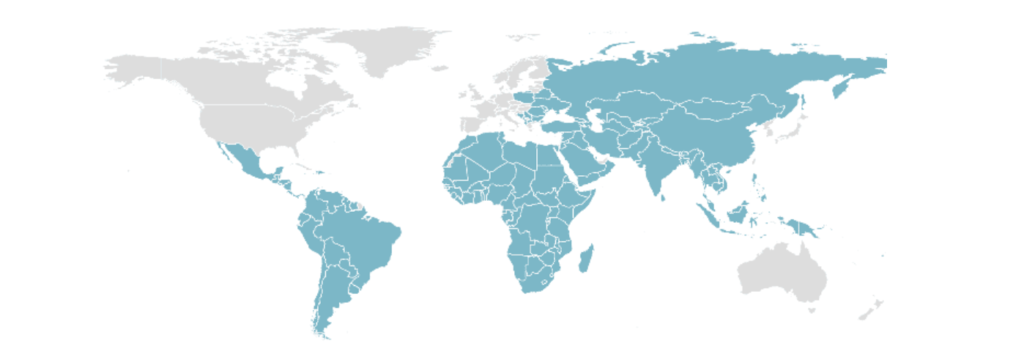
In these regions, rapid population growth has outpaced development, leading to resource scarcity, poverty, and social unrest.
Family planning enables people to make informed choices about their reproductive health. When individuals have access to a range of contraceptive options and are educated about their use, they can more effectively plan for the spacing and timing of their children. This not only reduces the likelihood of unintended pregnancies but also promotes healthier outcomes for both mothers and children through improved prenatal care and postnatal recovery.
Moreover, family planning has implications that extend beyond individual families and communities. As the global population continues to rise, effective family planning can ease pressure on resources such as food, water, and energy. By slowing population growth, it can help promote sustainability by reducing consumption and waste.
Furthermore, by empowering women with control over their reproductive lives, family planning can contribute to gender equality and economic development. Women who are able to decide when and how many children to have are more likely to participate in education and the workforce, boosting economic productivity and reducing poverty levels.
Still, despite its potential benefits, family planning alone cannot fully solve the issue of overpopulation. It must be part of a comprehensive approach that includes improving education, promoting gender equality, and implementing sustainable development practices.
Family Planning Policies Around the World
Family planning policies vary significantly around the world, reflecting differing cultural norms, social values, and economic realities. A comparative analysis of these policies can provide valuable insights into their effectiveness and impact on population growth and reproductive health.
In many developed nations, such as those in Western Europe and North America, family planning policies tend to focus on ensuring access to a range of contraceptive options, providing comprehensive sexual education, and supporting women’s reproductive rights. These countries generally have lower fertility rates, reflecting the success of these measures in allowing individuals to control their reproductive decisions.
On the other hand, some developing and largely overpopulated countries like India and Bangladesh have implemented explicit population control policies to curb rapid population growth. These measures include promoting contraception use, offering incentives for smaller families, and even implementing sterilization programs.
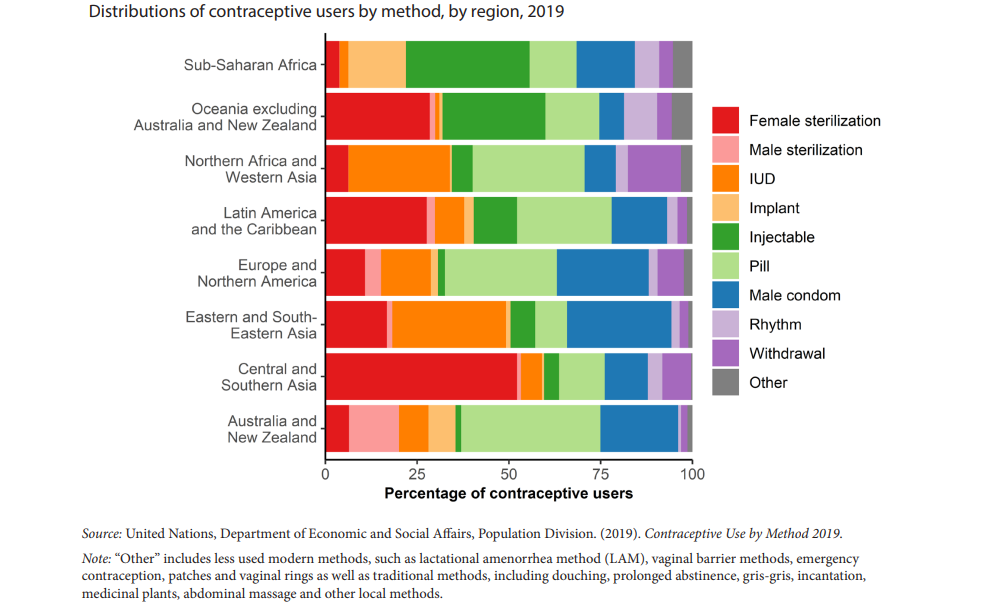
In India, the idea of sterilizing began in the 1970s when loans from the World Bank, the Swedish International Development Authority, and the UN Population Fund encouraged those in power to sterilize poor men. Around 6.2 million Indian men were sterilized in just a year.
But these gruesome actions didn’t there. In fact, from 2013 to 2014, India carried out nearly 4 million sterilizations performed on both men and women.
While these policies have been successful in reducing fertility rates to some extent, they have also raised concerns about coercion and violation of reproductive and human rights.
In contrast, there are countries like Japan and South Korea where low fertility rates are a significant concern. In response, these governments have introduced pro-natalist policies aimed at encouraging couples to have more children.
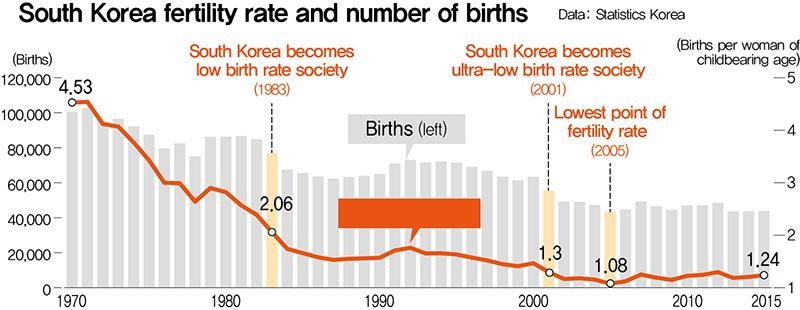
These strategies often involve providing financial incentives for childbirth, improving work-life balance to make child-rearing more manageable, and promoting gender equality to share the burden of childcare between men and women.
Overcoming Cultural Barriers
Cultural barriers can significantly impact the effectiveness of family planning initiatives.
In many societies, deeply entrenched beliefs and norms related to fertility, gender roles, and sexuality can hinder the acceptance and utilization of family planning services.
This can be particularly challenging in patriarchal societies where decisions about family size and birth spacing are often dominated by men or extended family members. To tackle this, community-based interventions that involve women and influential community leaders can be instrumental in changing perceptions and fostering an environment that supports women’s reproductive autonomy.
Secondly, misconceptions about contraceptive methods are often caused by the lack of proper education. Many people may associate contraceptives with adverse health effects or promiscuity, leading to reluctance in their usage. Comprehensive sexual education that dispels myths and provides accurate information about different contraceptive methods is crucial to address this issue.
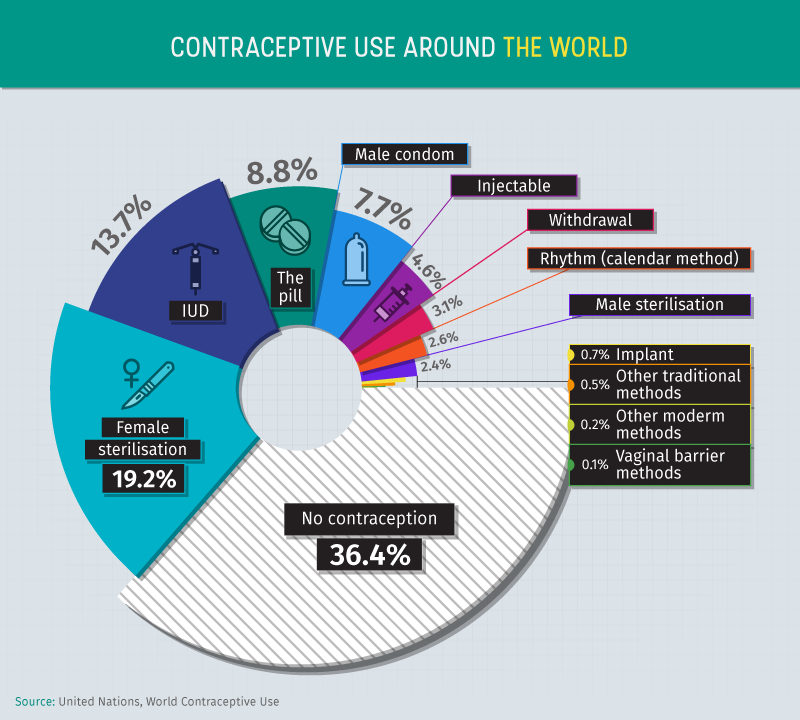
Religious beliefs can also pose challenges in some communities where contraception is viewed as going against divine will or natural law. Dialogue with religious leaders to find common ground between faith teachings and the benefits of family planning — such as improved maternal health and economic stability — can be effective in these contexts.
Predicting the Impact: Future Population Scenarios with Effective Family Planning
Predicting the impact of family planning on future population trends involves considering various factors, including fertility rates, access to contraception, and societal attitudes toward family size.
Should family planning initiatives succeed in reaching a wider audience with comprehensive reproductive health services, we could witness significant changes. A prime outcome would be a decrease in global fertility rates.
Currently, the global average fertility rate is about 2.5 children per woman. With increased access to and use of contraception, this could fall closer to the replacement level of 2.1, dramatically slowing population growth.
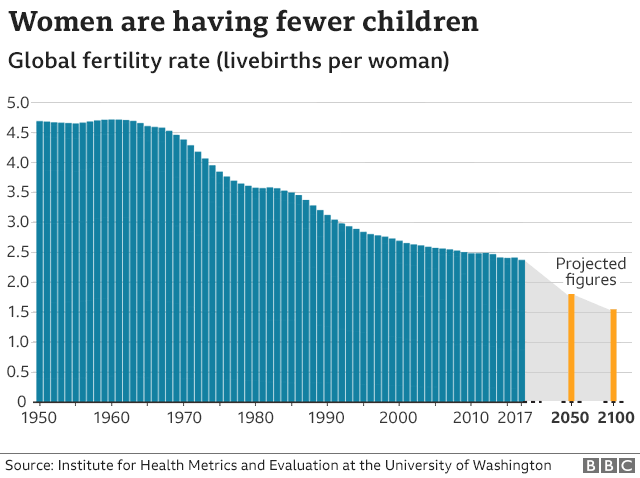
This reduction in fertility rates would have a ripple effect on various aspects of society and the environment. For one, it could alleviate pressure on resources like food, water, and energy, contributing to greater sustainability. It could also improve public health outcomes by reducing maternal and child mortality rates and increasing women’s overall health and lifespan.
However, these scenarios are not guaranteed. The success of family planning programs heavily depends on overcoming various challenges, such as cultural barriers, lack of funding, and political opposition. Furthermore, even with successful family planning initiatives, other factors like migration patterns and aging populations can significantly influence future population trends.
Final Thoughts
Family planning, when implemented effectively, is a crucial strategy to mitigate the negative consequences of overpopulation. By empowering individuals, especially in developing regions, with the knowledge and tools to control their fertility, we can promote healthier families, stronger economies, and sustainable development.
However, family planning is not a standalone solution, and addressing overpopulation requires a multifaceted approach that includes improving education, advocating for gender equality, and promoting sustainable practices.
Ultimately, the combined global effort toward family planning can help us navigate a sustainable future marked by resource equity and social justice.












